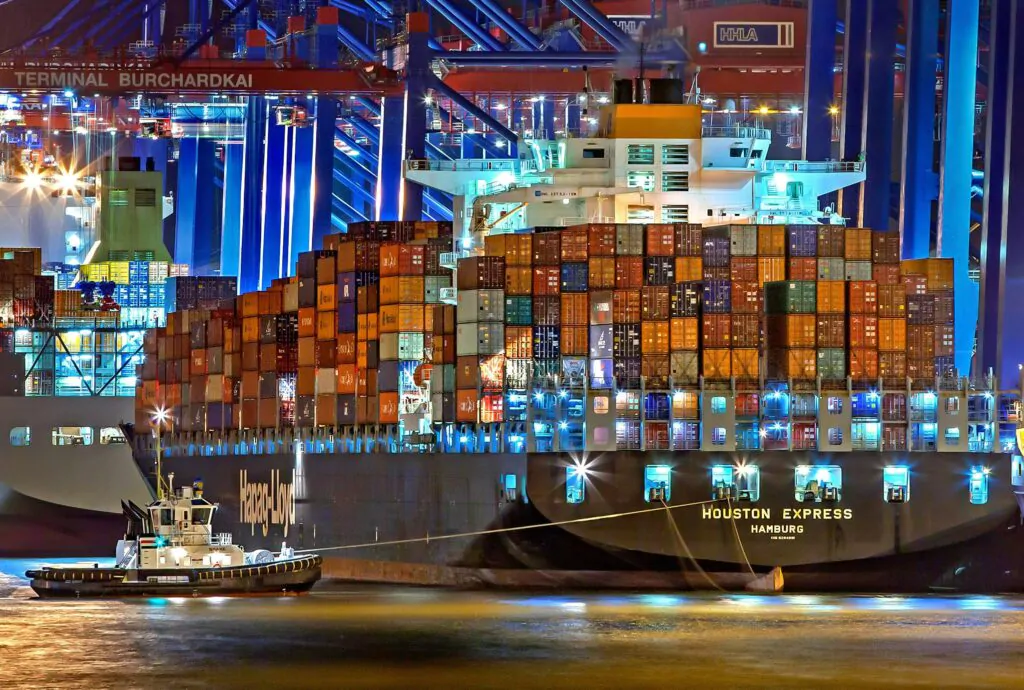What Is Cross-Border E-commerce?
Cross-border e-commerce refers to online trade between a business and consumers in
different countries. This includes direct-to-consumer sales through marketplaces like
Amazon, Etsy, and eBay, as well as sales via independent e-commerce websites.
Why SMEs Are Going Global Online
Traditionally, exporting involved a heavy investment in logistics, compliance, and marketing.
Today, digital platforms provide SMEs with tools to:
● Access millions of buyers worldwide
● Automate payment processing and shipping
● Leverage data and analytics for targeted marketing
● Operate with lower overhead compared to physical international expansion
Key Marketplaces Driving Cross-Border Trade
- Amazon Global Selling – Offers streamlined logistics (FBA) and access to markets
like the US, UK, Germany, and the Middle East. - Alibaba and AliExpress – Key for B2B and B2C sales, especially targeting Asian
and Eastern European markets. - Etsy – Ideal for creative entrepreneurs and handmade or niche products.
- eBay Global Shipping Program – Helps SMEs simplify shipping internationally.
Fast-Growing Cross-Border E-commerce Markets
According to eMarketer and Shopify data:
● China remains the largest e-commerce market, with high demand for foreign goods.
● The Middle East (especially UAE and Saudi Arabia) has seen cross-border
e-commerce grow by over 35% year-on-year.
● Europe, particularly Germany, France, and the UK, continues to be a lucrative region
for exporters due to strong logistics and consumer trust in online shopping.
Opportunities for SMEs
● Niche Products: Products like eco-friendly items, artisanal goods, and health
supplements perform well in international markets.
● Private Labeling: SMEs can sell white-label products under their own brand with
high margins.
● Localization: Adapting product listings to local languages and currencies increases
conversions.
Challenges to Consider
Despite the opportunities, SMEs must navigate:
● Customs and Duties: Vary by country and can impact profitability.
● Shipping and Logistics: International fulfillment and returns can be complex.
● Payment Systems: Ensuring secure, region-specific payment methods.
● Regulatory Compliance: Meeting health, safety, and product standards in target
markets.
Tips for SMEs Getting Started
- Start Small – Test a few products in one or two markets.
- Use Fulfillment Services – Like Amazon FBA or third-party logistics providers
(3PLs). - Optimize SEO for Each Region – Use tools like Helium 10 or Semrush to localize
keywords. - Invest in Customer Support – Responsive service builds trust, especially across
cultures. - Understand Tax Obligations – Consult a cross-border tax advisor for VAT and
import tax rules.
The Role of Technology
Tech tools are the backbone of successful cross-border strategies:
● AI-Powered Translations: Improve product listing localization.
● Inventory Management Systems: Track stock across multiple countries.
● Global Payment Gateways: Such as PayPal, Stripe, and Payoneer.
● E-commerce Analytics: Help refine marketing and pricing strategies.
Looking Ahead: What’s Next?
The future of cross-border e-commerce will be shaped by:
● Sustainable Packaging and Logistics: In response to environmental concerns.
● Mobile Commerce: As mobile usage dominates in markets like the Middle East and
Asia.
● AI and Automation: Personalizing the customer journey and automating support.
● Virtual Warehousing: Reducing shipping times and costs via regional fulfillment.
Conclusion
Cross-border e-commerce is no longer the domain of multinational giants. SMEs now have
the tools and platforms to thrive in the international arena. By understanding the landscape,
leveraging the right technology, and starting with a focused strategy, small businesses can
build scalable, resilient, and profitable global trade operations.
Sources:
● Statista (statista.com)
● Shopify Global E-commerce Report (shopify.com)
● eMarketer (emarketer.com)
● World Trade Organization (wto.org)
● International Trade Centre (intracen.org)











